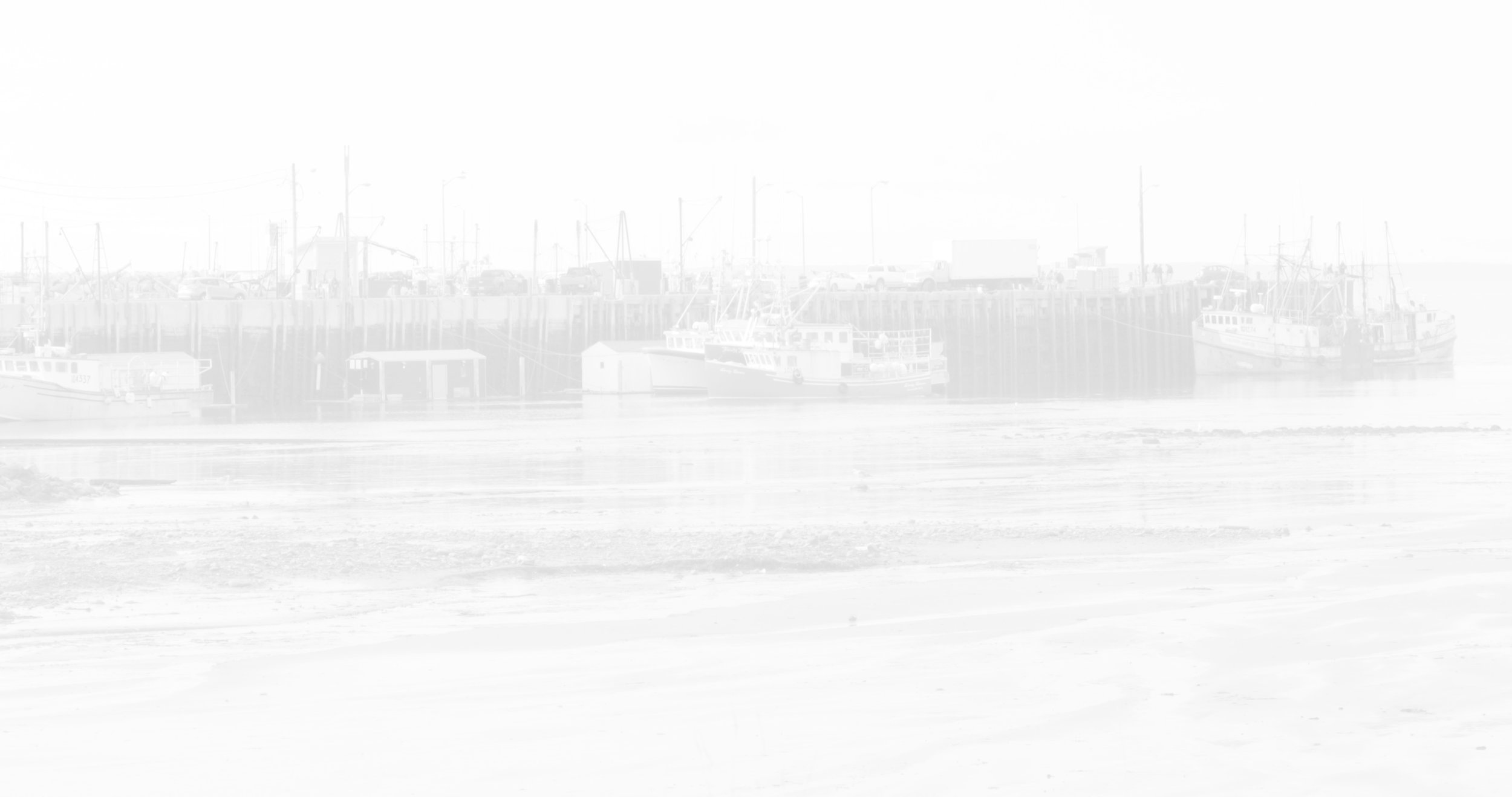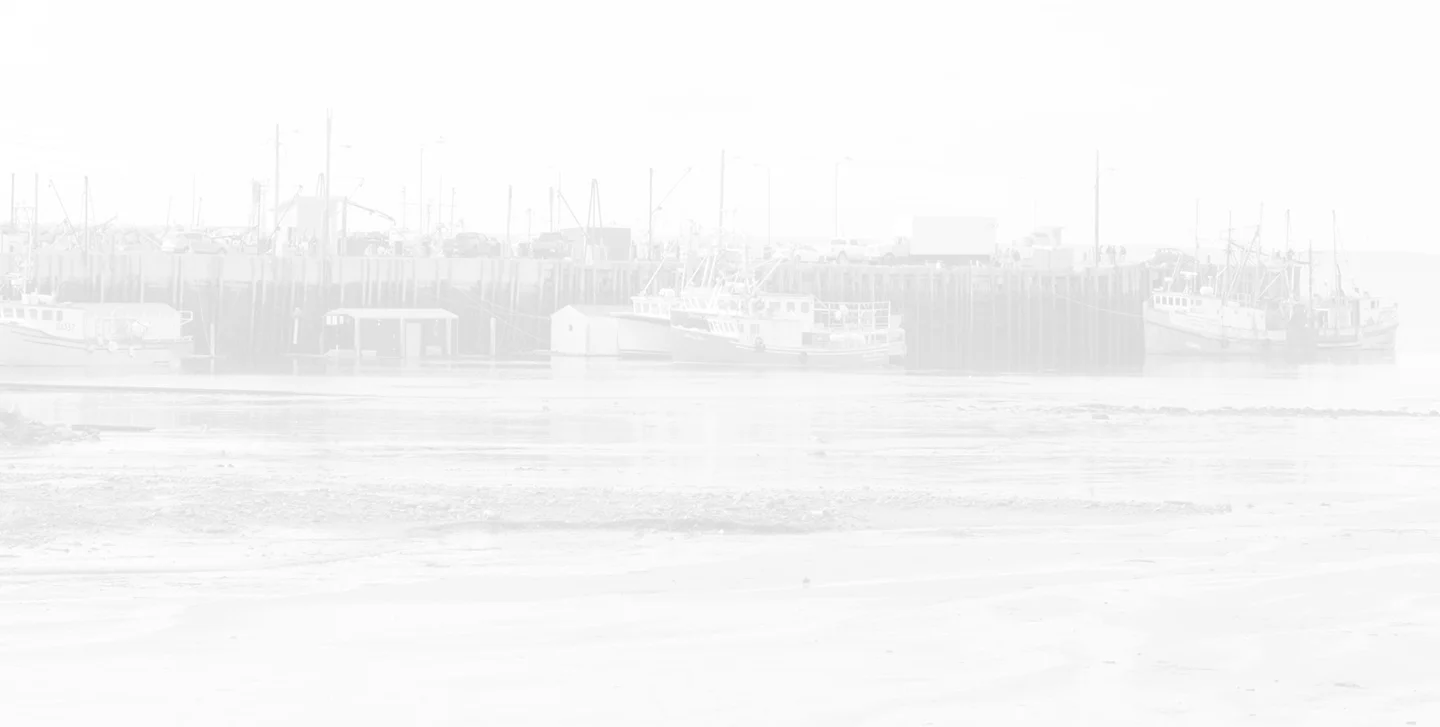
Salt Water Operations
What is the circumference and depth of one pen?
The circumference of one net pen is about 100 metres, and the depth at its center is eight metres. These measurements are typical for all net pens in Nova Scotia.
What is the distance from the outer edge of a pen to the shoreline? Is this regulated?
This distance is not regulated, however the provincial lease which Cooke obtains from the province includes a requirement as to where the net pens must be positioned.
How many pens are presently at the Victoria Beach site and how many are expected in the future?
Currently there are 16 net pen enclosures at the Victoria Beach site, and we would like to expand this site to 20.
What is the distance between the bottom of the net pens and the ocean floor?
Typically, there is about five metres between the bottom of a net pen and the ocean floor. The distance varies between bottom of net and ocean floor with tides and bottom elevation changes, but generally there is over five metres between the bottom of the net pens and the ocean floor.
Will you consider a land-based aquaculture fish farm?
Atlantic Salmon spend the first half of their lives on land, as such, we have many land-based facilities in Atlantic Canada. We are currently looking to expand land-based operations to grow smolts even larger, and reduce their time in net pen enclosures.
Environmental Monitoring
The Mayor and Council of the Region of Queens submitted a list of questions on February 13, 2019 regarding the project and its impacts. Where can I find the responses?
We look forward to working with the Mayor and Council and are available to answer questions as this project progresses. The responses to the questions can be found here.
How frequently is an Environmental Assessment done and when was the last time one was completed on site 1205?
Environmental assessments are completed every year in accordance with Nova Scotia’s Environmental Monitoring Program. This framework includes a series of principles and criteria that companies follow to determine levels of monitoring and mitigation for aquaculture sites. The most recent monitoring and sampling event occurred on July 10, 2018.
Data from Coffin Island site 1205 was presented at the October 28, 2018 information session, but did not include sampling dates.
According to your benthic study of site 1205, the bottom is 95-98% sand. Can you confirm that sand is a 'soft' bottom?
Since 2014, remote grab samplers to collect sediment samples have been used by a third-party consultant, which is consistent with Nova Scotia’s Department of Fisheries and Aquaculture’s sampling methodology. The minimum standard is that the sample be no less than 5cm, in accordance with Fisheries and Oceans Canada’s Aquaculture Activities Regulations. As such, a hard-packed sandy substrate is now classified as soft bottom under both Federal regulations and provincial Standard Operating Procedures.
Research & Development
What scientific research is happening in the aquaculture industry?
Cooke Aquaculture is currently working with Dalhousie University and Natural Sciences and Engineering Research Council (NSERC) on a number of research projects to promote a sustainable aquaculture industry. A few of the research projects include:
Healthy fish – Reducing disease risk through epidemiological models; surveillance of pathogens through environmental DNA
Healthy oceans – Minimizing benthic impacts through site selection, feed management, and advanced monitoring techniques
Community engagement – Marine spatial planning and co-existence of aquaculture with other coastal resource users
Precision fish farming – Marine technology and software to monitor the environment and fish welfare, manage feeding, stocking, and harvesting
Research cooperation – Collaboration with experts worldwide; Cooke-NSERC IRC, the Ocean Frontier Institute, and Canada’s Ocean Supercluster
Project Benefits & Human Resources
What are the benefits of the aquaculture industry in Nova Scotia?
The aquaculture industry creates jobs in rural coastal areas, grows the economy, helps protect fish stocks in the ocean from overfishing, and provides locally raised food.
Where can I learn more about a career with Cooke or applying for available positions in the Liverpool area?
Information on career opportunities for all of Cooke’s operations are available at www.cookeseafood.com/contact/careers.
What are your overall plans for Nova Scotia operations?
Cooke Aquaculture is currently half-way through its capital investment plan for Nova Scotia. We are committed to sustainable growth through key investments and have invested tens of millions of dollars in our Nova Scotia operations in the past year with plans to invest more in the coming years. We have upgraded our Truro feed plant, expanded our Dartmouth seafood distribution facilities, upgraded sea farming sites and technology equipment and had new vessels built.
How much does the company spend annually in Nova Scotia with other local businesses?
As a local Atlantic Canadian family-owned company, we believe in supporting local. Last year we purchased $231 million dollars of goods and services from 1,269 other local businesses from across Atlantic Canada. In Nova Scotia we spend tens of millions of dollars buying from 309 companies, most of them are located on the South Shore.
How much tax does the company pay in NS?
Our Nova Scotia property tax bill is nearly $190,000 and we pay $1.2 million in payroll taxes annually. We also pay significant provincial and federal taxes on vessel, vehicle, and transport truck fuel.
Contact Us





